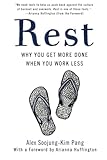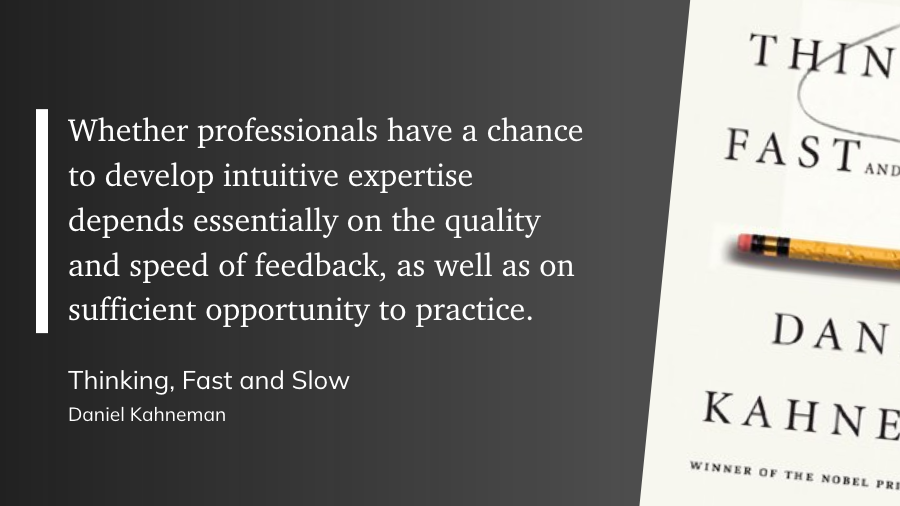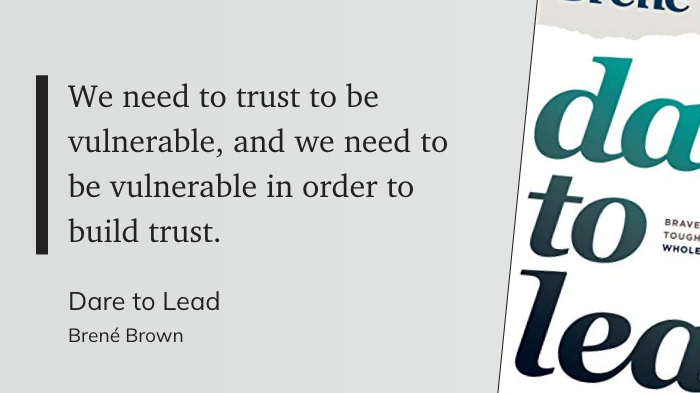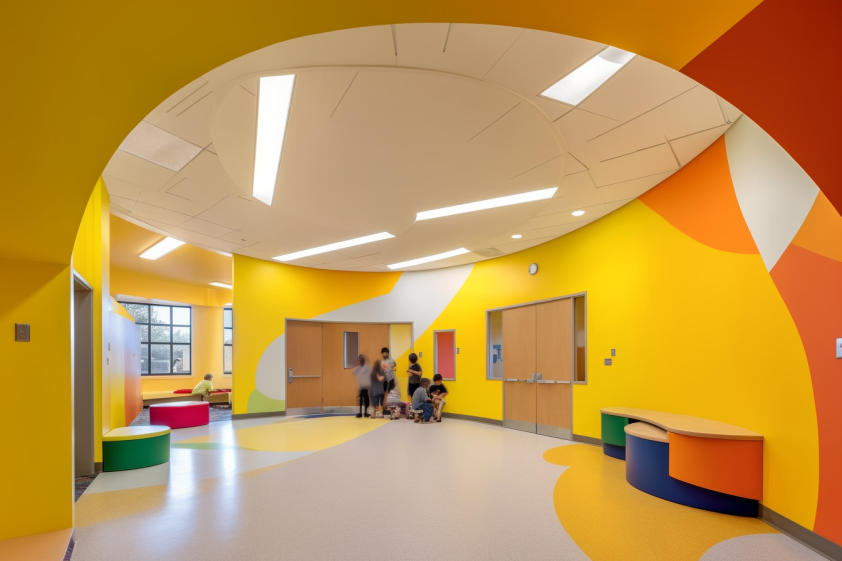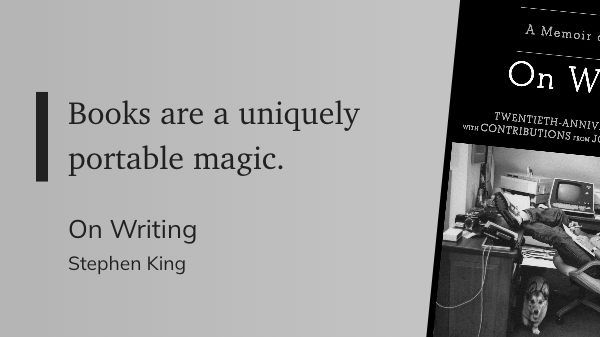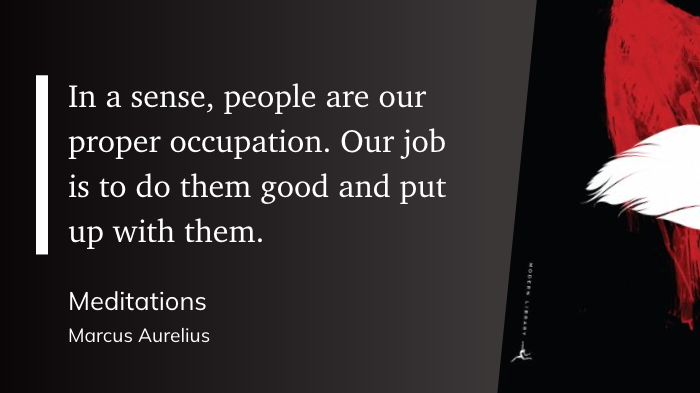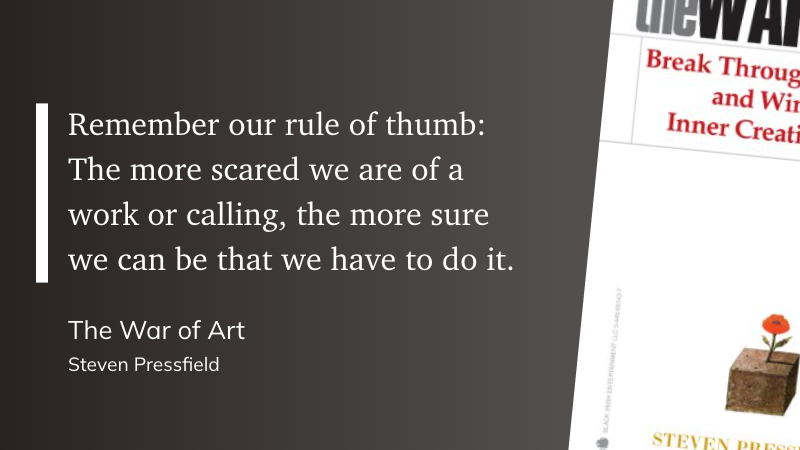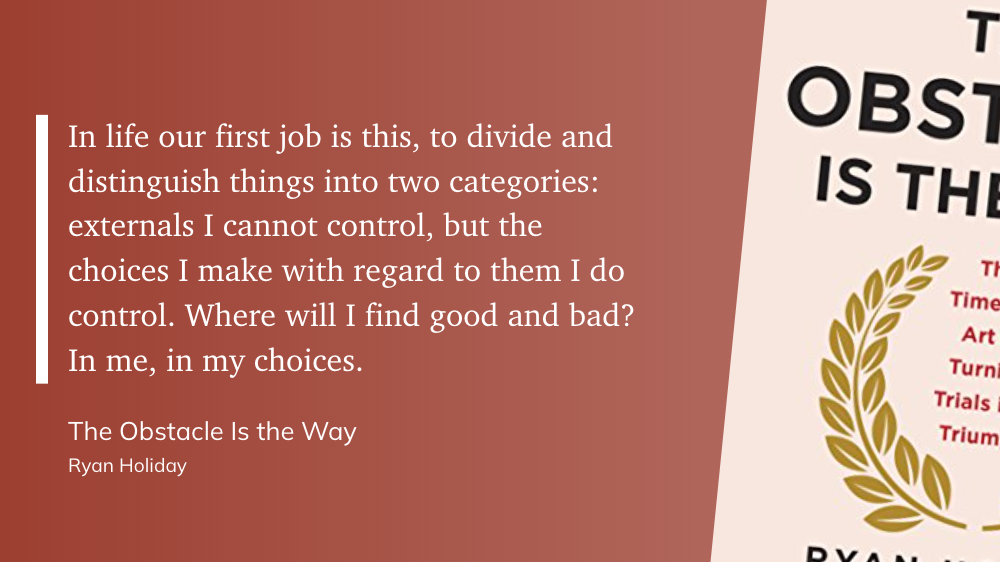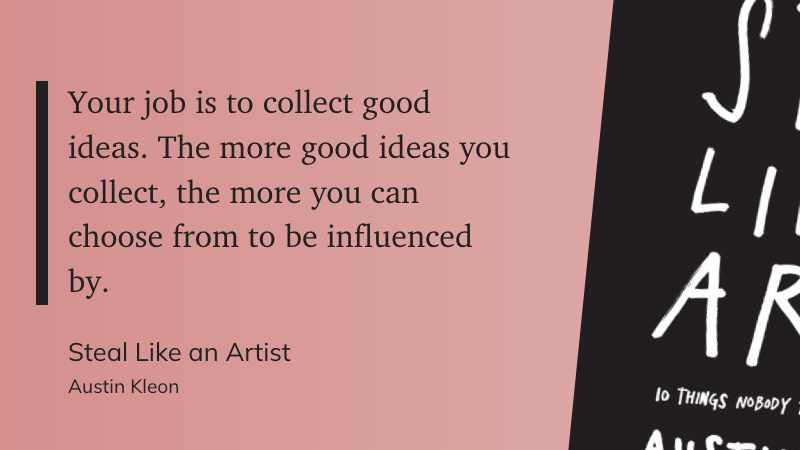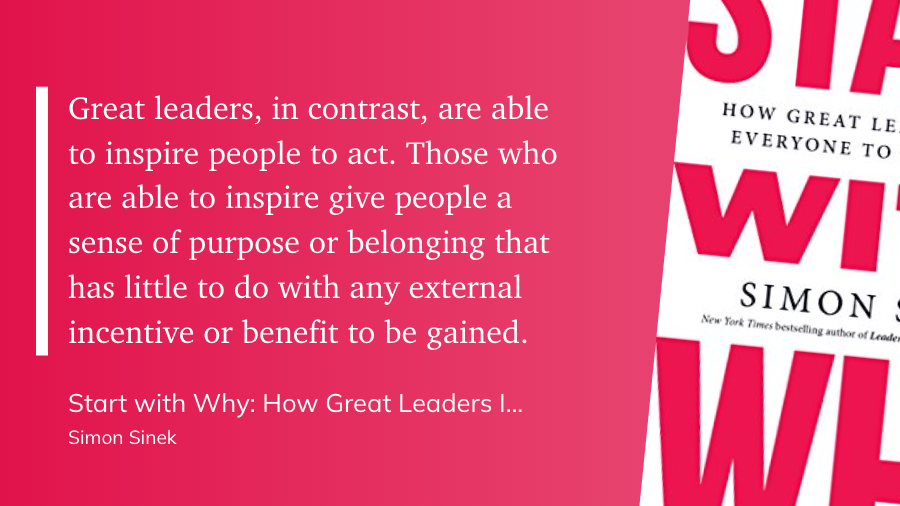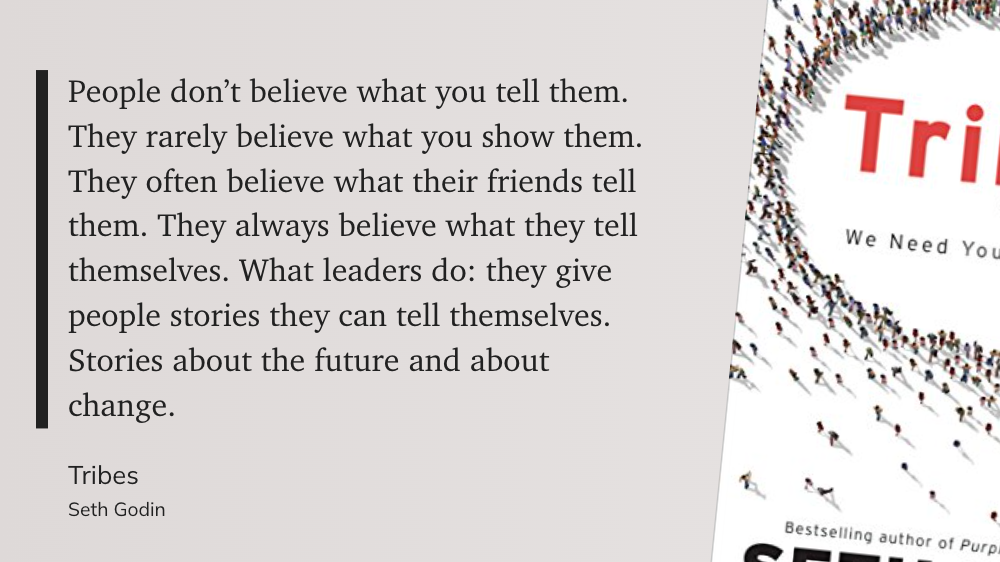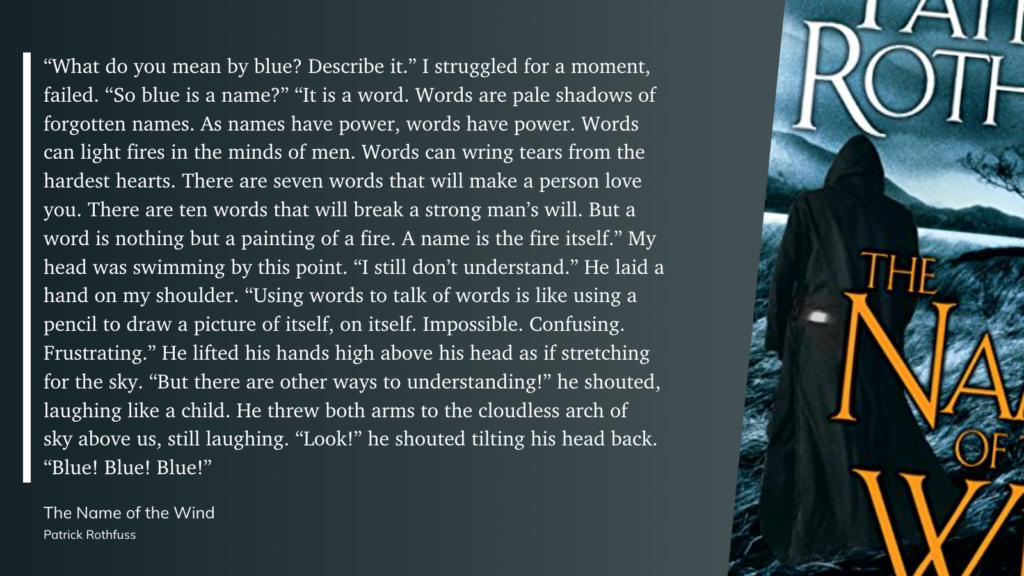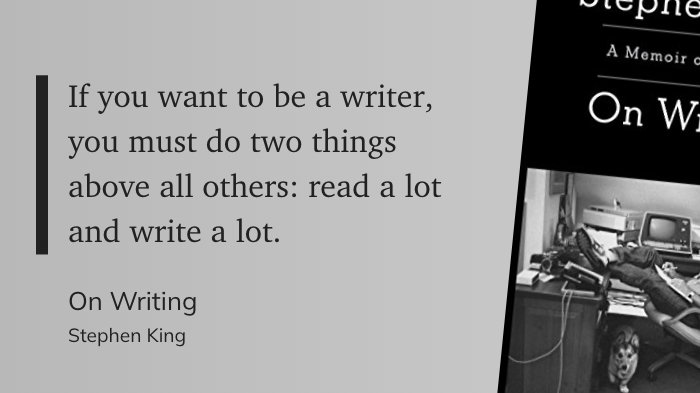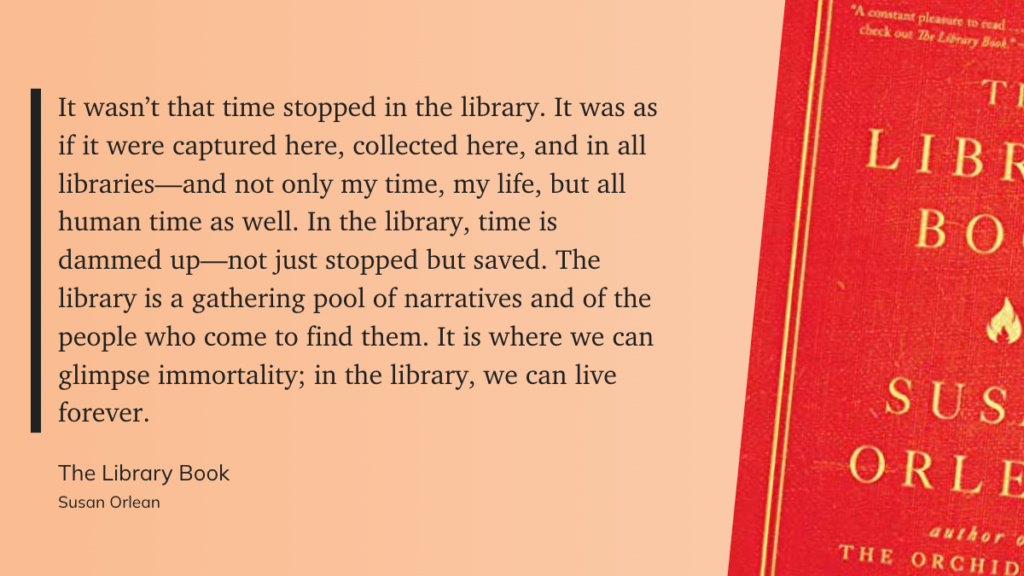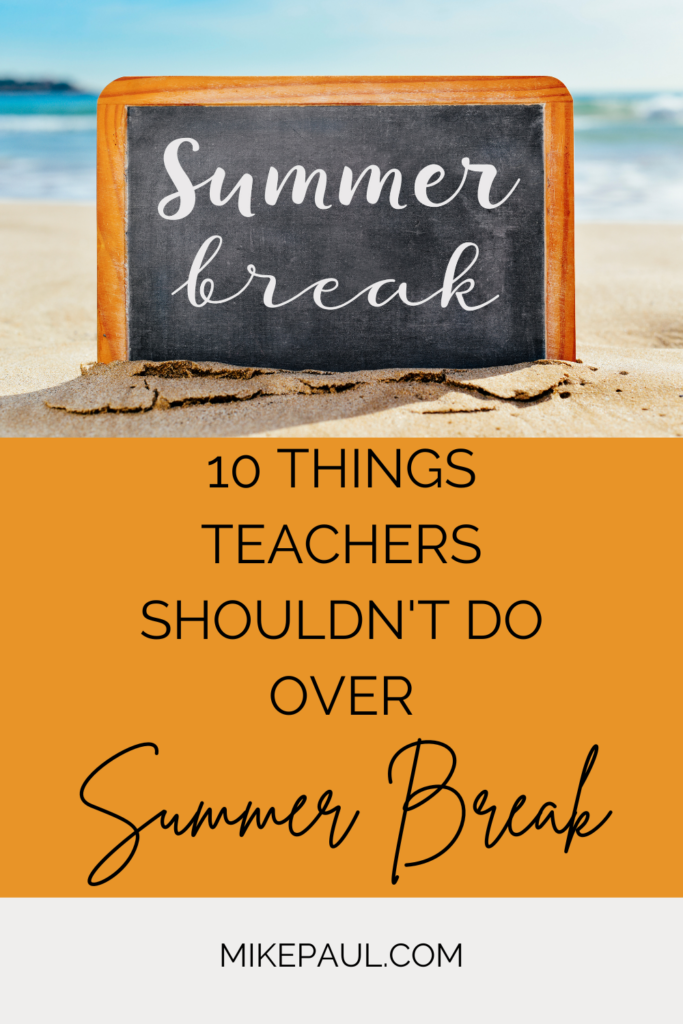
Summer break is a time when the school hallways empty and the classrooms quiet down. As a teacher, you’ve probably been eagerly anticipating this time, haven’t you? But remember, this period is not just about taking a breather; it’s also about preparing for the upcoming year in an effective, balanced way. It’s crucial to use this time wisely and avoid some common pitfalls.
Mistake 1: Overplanning for the Next Year
One of the most common mistakes that teachers make is overplanning for the next academic year. While it’s crucial to prepare for the upcoming school year, it’s also important to take breaks and enjoy your summer vacation. Engrossing yourself in textbooks and lesson plans throughout the summer may lead to burnout even before the school year begins. So, how about striking a balance between planning and relaxation? You could use your summer break to explore new hobbies or take a trip to recharge your batteries. Additionally, you could use the time to reflect on your teaching methods and make any necessary improvements. All in all, remember that a well-rested teacher is a better teacher, so don’t forget to take care of yourself!
- Headlee, Celeste (Author)
- English (Publication Language)
- 288 Pages – 06/01/2021 (Publication Date) – Harmony (Publisher)
Mistake 2: Bringing Work Home
Another common mistake is bringing work home, which can lead to a lack of work-life balance. Sure, there might be some work to do during summer break, but don’t get carried away with it! It’s important to find a balance and not let work take over your whole break. When you bring work home, make sure to have a designated area for it and set a schedule for yourself. This way, you can keep a healthy balance between your work and personal life, and your home can remain a relaxing space for you to recharge.
- Amazon Kindle Edition
- Schulte, Brigid (Author)
- English (Publication Language)
- 369 Pages – 03/11/2014 (Publication Date) – Sarah Crichton Books (Publisher)
Mistake 3: Ignoring Self-Care
One important mistake to avoid during the summer is neglecting self-care. Teachers give a lot of themselves, so it’s super important to take care of yourself! Don’t forget to prioritize your own well-being. While this can take many forms, there are a few ideas to consider. For example, starting a fitness routine can be a great way to take care of your physical health and relieve stress. Additionally, practicing mindfulness through meditation can help you stay centered and focused. Finally, picking up a new book that isn’t related to work can be a wonderful way to recharge your mind and prevent burnout.
Read More: The Ultimate Summer Self-Care Guide for Teachers: 15 Invaluable Tips
- ✅ THE BEST JOURNAL EVER: This inspirational journal offers much more than typical blank notebooks!
- ✅ HABIT TRACKER & DAILY QUOTES: For a productivity journal, motivational journal & goal journal!
- ✅ SELF CARE: A spiritual journal, mindfulness journal, mental health journal & personal journal!
- ✅ HARDCOVER NOTEBOOK: The black hardback cover is sleek, can lay flat & has a nice pocket!
- ✅ THE PERFECT GIFT: Includes a premium white gift box making it perfect for gifting!
Mistake 4: Not Setting Personal Goals
Setting personal goals over the summer is a great way to make the most of your time. Not only do goals give you direction and a sense of accomplishment when achieved, they can also help you grow as a person. In fact, there are countless goals you can set for yourself this summer, depending on your interests and aspirations.
For instance, why not consider learning a new language or instrument? Not only can this be a fun and engaging way to spend your time, but it can also enhance your cognitive abilities and open up new avenues of communication. Alternatively, you could set a goal to hike a particular trail or visit a new city. Both of these activities can be great ways to explore the world around you and broaden your horizons.
Of course, setting goals isn’t always easy. It can be difficult to know where to start or how to stay motivated over the long term. However, by breaking your goals down into smaller, more manageable steps, and by tracking your progress along the way, you can make it easier to stay on track and achieve success. So why not take some time to set some personal goals for yourself this summer? You never know where they might take you!
- Hardcover Book
- Ryan Holiday (Author)
- English (Publication Language)
- 304 Pages – 09/06/2022 (Publication Date) – Profile Books (Publisher)
Mistake 5: Not Taking Time for Professional Development
One mistake to avoid is not investing enough time in professional development. While it may seem like a daunting task, dedicating time to enhancing your skills and keeping up with the latest teaching methods is crucial for success in the field of education. There are many ways to do this – for example, you could consider taking a short course or attending a workshop to learn new techniques. Another option is to engage with educational podcasts or blogs to stay up-to-date on the latest trends and best practices. Additionally, you could consider joining a professional organization or networking group to connect with other educators and learn from their experiences. By investing time in your own professional development, you’ll be better equipped to meet the challenges of the ever-changing world of education and provide your students with the best possible learning experience.
- Herrboldt, SaraJane (Author)
- English (Publication Language)
- 216 Pages – 07/25/2023 (Publication Date) – Ulysses Press (Publisher)
Mistake 6: Neglecting Family and Friends
It is important to keep in mind that relationships with family and friends are a key component of our lives, and should not be neglected during the summer months. While it can be tempting to immerse oneself in various activities, it is essential to make time for loved ones and nurture these connections. One way to do this is to plan a family vacation, which can be a great opportunity to create lasting memories and strengthen bonds. Alternatively, visiting friends or even just enjoying a meal together can be a rewarding experience. By taking the time to bond with those closest to us, we can enrich our lives and create meaningful relationships that last a lifetime.
Mistake 7: Not Exploring New Hobbies
Failing to explore new hobbies can be a missed opportunity for personal growth and relaxation. It’s important to remember that trying something new doesn’t have to be a daunting task. Instead, it can be a chance to broaden your horizons and discover new passions. For example, if you’re interested in gardening, you might want to start by learning about different plants and their specific needs. Or, if you’re drawn to painting, you could start by experimenting with different mediums and techniques until you find the style that suits you best. Similarly, if writing sparks your interest, you could start with short stories or poems, and gradually work your way up to longer pieces. Whatever hobby you choose, the key is to approach it with an open mind and a willingness to learn. By doing so, you may find that exploring a new hobby is not only refreshing and fulfilling, but can also lead to new friendships, new experiences, and a deeper sense of self-discovery.
- By artist and writer Austin Kleon
- A collection of positive messages and exercises to realize your artistic side
- A New York Times Best-seller
- 10 Things nobody told you about being creative!
- ERROR:#N/A
Mistake 8: Avoiding Travel
Avoiding travel is another common mistake. While it is important to take precautions during the pandemic, we should not let fear stop us from experiencing new places and cultures. Traveling broadens our horizons and rejuvenates our minds, allowing us to gain a new perspective on the world around us. Even a short road trip to a nearby city or a hike in a local nature reserve can do wonders for our mental health and overall well-being. Not to mention, supporting local businesses and tourism is more important now than ever before. By taking the necessary safety measures, such as wearing masks and practicing social distancing, we can still enjoy the benefits of travel while keeping ourselves and others safe.
Mistake 9: Skipping Reflection
Failing to take the time to reflect on the past academic year is not only a missed opportunity but also a disservice. Reflection is an essential tool that helps us identify areas of improvement and growth. There are many ways to reflect, such as keeping a journal, meditating, or simply pondering while taking a walk in the park. It is by reflecting on our victories and challenges that we are able to gain a better understanding of ourselves and the world around us. Through reflection, we are able to see how far we have come, what we need to do to continue growing, and what we need to avoid. Therefore, it is crucial that we make time for reflection and not let the hustle and bustle of daily life take over. So, take a moment to reflect, and you may be surprised at what you discover.
- Audible Audiobook
- Vironika Tugaleva (Author) – Vironika Tugaleva (Narrator)
- English (Publication Language)
- 07/31/2018 (Publication Date) – Soulux Press (Publisher)
Mistake 10: Failing to Recharge
One of the most common mistakes that teachers make is failing to recharge. Being a teacher is tough, both mentally and physically. Don’t forget that during summer break! In order to maintain a high level of productivity and enthusiasm, it is essential to take the time to recharge your batteries. There are plenty of ways to recharge over summer break! You can watch your favorite movies, spend time in nature, or catch up on your sleep. Just make sure you take the time to do things that relax you and fill you with energy, so you’re ready to tackle the new academic year ahead. By taking the time to do things that relax you and fill you with energy, you will be able to approach your work with renewed focus and vigor.
- Pang, Alex Soojung-Kim (Author)
- English (Publication Language)
- 336 Pages – 06/12/2018 (Publication Date) – Basic Books (Publisher)
Conclusion
In conclusion, the summer break is a valuable period that should be utilized wisely. Avoid these common mistakes and ensure a healthy, productive, and rejuvenating break. Remember, you owe it to yourself and your students to come back recharged and ready for the new academic year.
Thanks for taking the time to read this post. If you’ve enjoyed the insights and stories, consider showing your support by subscribing to my weekly newsletter. It’s a great way to stay updated and dive deeper into my content. Alternatively, if you love audiobooks or want to try them, click here to start your free trial with Audible. Your support in any form means the world to me and helps keep this blog thriving. Looking forward to connecting with you more!







